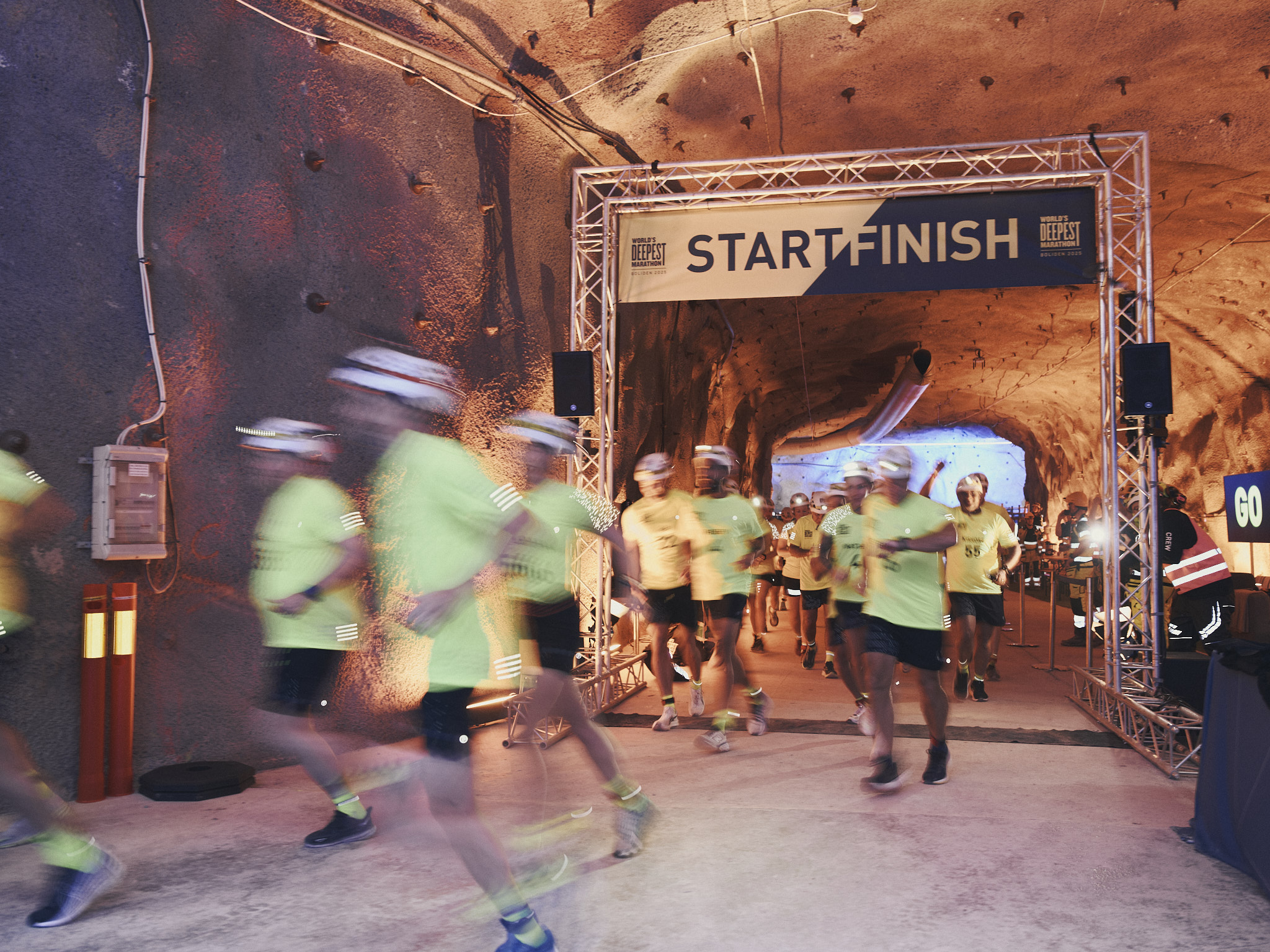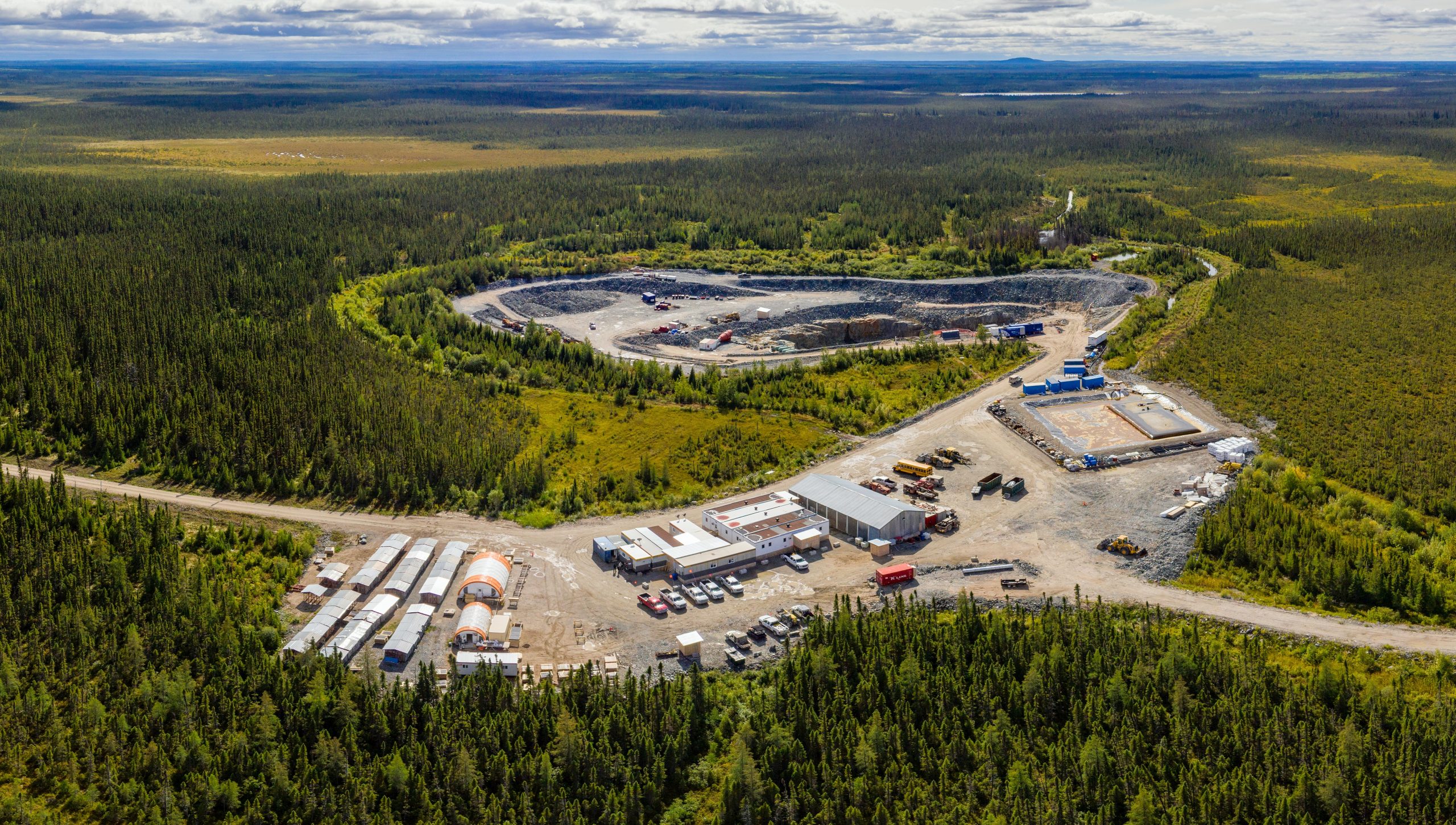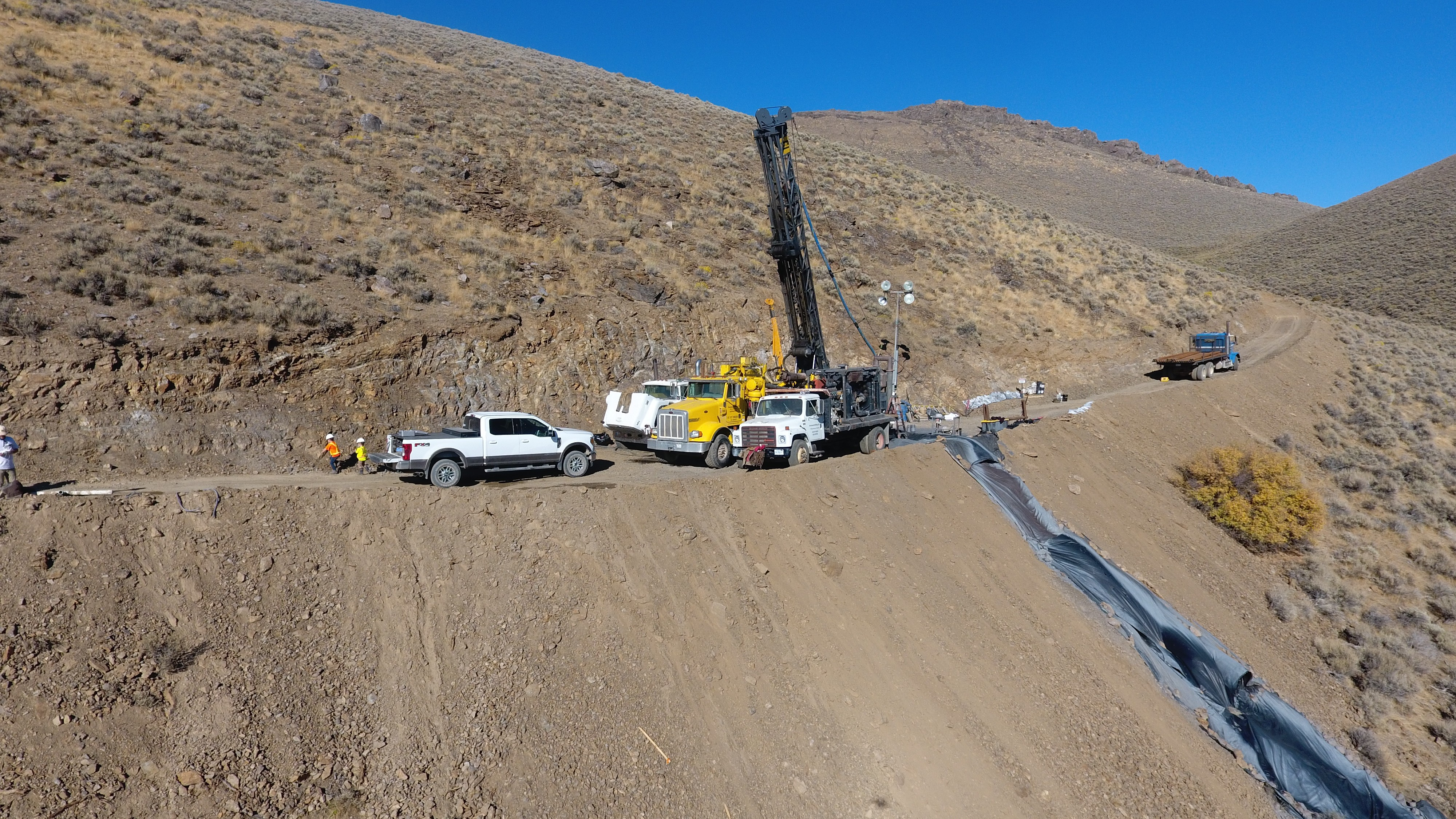Based on a series of analyses, the Britain-based scientists estimated that an LCA that integrates considerations around the geology, mineralogy and geometallurgy can help identify potential ‘hot-spots before new extraction operations take place.
In their view, this new approach allows geologists to help select potential exploration targets that naturally lend themselves to lower environmental impacts – resulting in finding the best metal deposits with the lowest potential natural disturbance.
“There is a huge opportunity for countries to use their natural mineral resources to help decarbonization but it is important that this is done in the right way so that it produces sustainable development and not disaster,” Frances Wall, co-author of the study, said in a media statement.
According to Wall and his colleagues, understanding the environmental impacts of emerging technologies over their entire life cycle, particularly the raw materials supply stage in the case of clean energy technologies, is key to ensure that they are truly sustainable.
Their data show that the demand for raw materials that enable the transition to renewable energy, especially the electrification of transportation systems, is set to increase substantially in the 2020s.
“For example, between 2015 and 2050, global EV stock is estimated to increase from 1.2 million to 965 million passenger cars, and battery storage capacity will increase from 0.5 gigawatt-hours to 12,380 gigawatt-hours,” the study reads. “Current estimates indicate that growing demand for LIBs will mean demand for the necessary materials will grow by factors in the range 18–20 for lithium, 17–19 for cobalt, 28–31 for nickel and 15–20 for most other technology materials from 2020 to 2050.”
These figures lead the researchers to conclude that it is vital to understand how mineral deposit characteristics can influence environmental impacts as new projects advance over the coming decades.
Using lithium as an example, the group explains that lithium hydroxide monohydrate for batteries can be produced from brine resources in the Lithium Triangle in South America or from hard-rock deposits in Australia and that each resource requires a different production process to extract and transform the natural resource into a high-quality, usable product.
Analyzing LCAs that have been conducted on lithium carbonate Li2CO3 production from brine and spodumene sources, the researchers point out that one study obtained operational data from a spodumene converter and the results indicated a carbon footprint of 15.8 kg CO2 eq. per kg lithium carbonate equivalent (LCE), compared with 0.3 kg CO2 eq. per kg LCE for the brine route.
“Another study that examined future changes in impact based on resource and technology change indicated that production from brine resources would see a carbon footprint increase from 3.2 kg CO2 eq. per kg LCE in 2020 to 3.3 kg CO2 eq. per kg LCE in 2100,” the study reads.
Besides emissions, the team behind the paper says that water-related impacts have to be considered in lithium production because brine is not regulated the same way as freshwater in some jurisdictions, such as Chile, but is regulated in the same way as freshwater in other jurisdictions, such as Nevada.
“The distinction in regulations has led to confusion in the industry over the question of whether brine should be considered as water or not. The impacts of lithium brine extraction on freshwater availability for ecosystems and humans can vary substantially between different operations, and the unique hydrogeology of the deposit determines how impacts will materialize,” the review states.
In their view, these considerations when incorporated into mineral-based geometallurgical approaches that utilize quantitative information from two models, a 3D deposit model and a process model, can lead to more sustainable and environmentally friendlier mineral extraction processes that are more attuned with the move to low-carbon economies.
For the experts, going beyond the traditional approaches by integrating LCA within geometallurgy and vice versa at the early stage of a mining project could deliver many benefits.
“First, it allows the design of energy-efficient and resource-efficient processes at the feasibility stage, such that the ore geometallurgical variability can be managed to deliver a product respecting the fixed specifications while minimizing the carbon footprint,” the study reads. “Another benefit is the ability to plan the production schedule to ensure the most efficient use of the resources at all stages of extraction, from a technical, environmental as well as social perspective. This proactive management could also result in planning more effectively the mine closure, as well as remediation and rehabilitation strategies, based on quantitative geometallurgical information, therefore, ensuring long-term environmental impact mitigation and improving social acceptance.”




